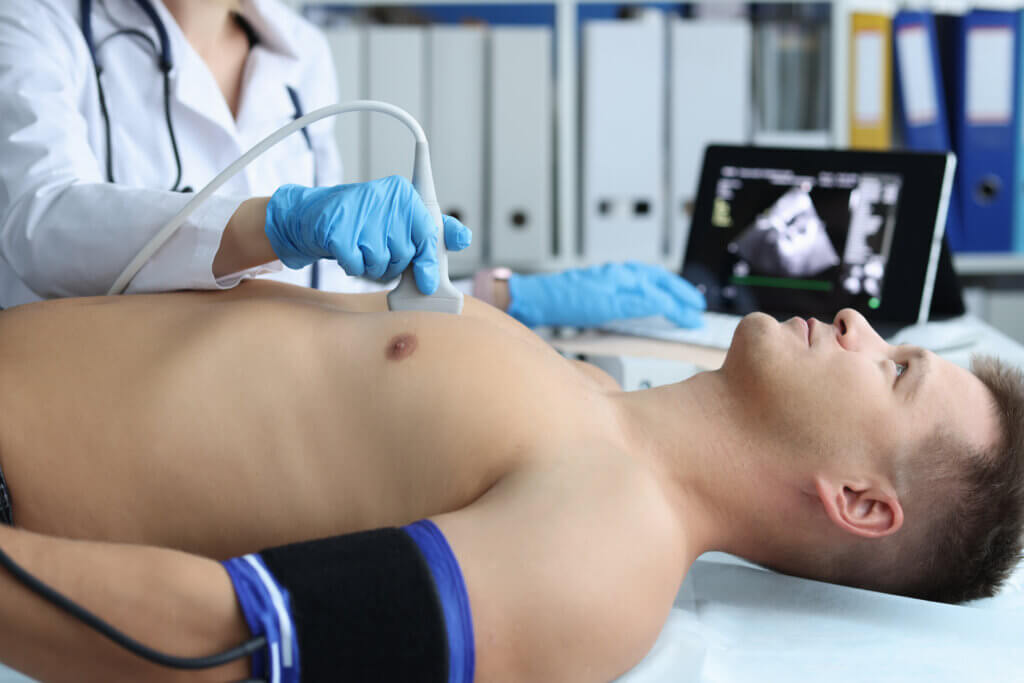Athletes Heart versus Cardiomyopathy
The heart gets put under a lot of pressure through many activities. When the heart is stressed, it can undergo various adaptations that can change the structure, function, and conduction of the heart. These adaptations can occur to someone who has heart disease manifestations such as high blood pressure, cholesterol build up, arrhythmias, deteriorative valves, etc, but can also occur in athletes.
Athletes heart is the term used to describe a heart that has undergone adaptations because of exercise. Left Ventricular Hypertrophy (LVH) is commonly seen among high level power / strength athletes (increased muscle mass of left ventricle in the heart), and ventricular dilation is commonly seen among endurance athletes (increased space in the heart chambers).
Cardiomyopathy is the clinical term used to describe a heart that no longer works or performs to the required rate to provide adequate blood flow to the body. This umbrella term includes LVH and ventricular dilation. LVH is commonly seen in patients with high blood pressure, valve disease and peripheral artery disease, whilst ventricular dilation is commonly seen in patients with high blood pressure, valve disease, and pulmonary hypertension.

So, if these two terms cause the same changes to the heart for an athlete exercising and someone with a diagnosed heart condition, how can you tell the difference between the two?
Athletes often have larger hearts in general due to their active training lifestyle and can have both dilation and hypertrophy (increased chamber space and increased heart muscle mass) because of consistent and frequent intense exercise. These adaptions allow the heart to pump more blood around the body for when completing high demanding exercises. This often results in a lower resting heart rate as the heart pumps more blood around the body with each beat. Now due to the increased chamber size for example, a common diagnostic marker – ejection fraction – can flag as being low; however, the requirement for blood circulation is still being achieved, which means this is not harmful. This individual simply put, can hold more blood in the heart at once then is required to for each resting heartbeat.
People with clinical cardiomyopathies on the other hand do not usually possess larger hearts. They too can have both dilation and hypertrophy; however, this is because of having high blood pressures throughout the body. This adaptation occurs to try to pump more blood around the body as the heart is failing to keep up with demands. A high resting heart rate is also common to compensate the lack of efficiency, which can lead to high levels of fatigue and deterioration of condition.

Does this mean both are bad? Not really.
Athletes heart is a representation of a fit and active individual with adaptations to improve their exercise performance. This although seen as advantageous still possesses risks to the heart like anything highly demanding on the body does. This highlights the importance of proper training and load management, looking after your body, along with continual health check ups where appropriate, and being well educated in the exercise you perform.
Cardiomyopathies are a representation of other conditions and health risks associated with lifestyle factors. This highlights the importance and benefits of regular exercise and increased physical activity levels to maintain heart health and improve symptoms.
Whether you can walk for 2 minutes or run an ultramarathon, if you need assistance managing your health and physical activity levels, our team of Exercise Physiologists, Physiotherapists, and Performance coaches are happy to help you achieve your goals.
